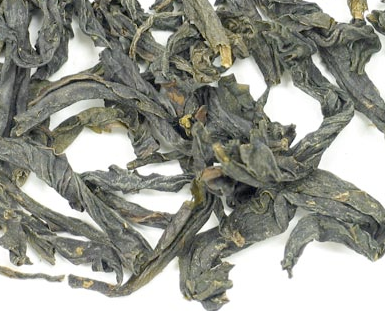Tead Off wrote:there are the longer, twisted leaf teas such as the Wu Yi group of teas of which Da Hong Pao, Shui Xian, etc., are part of. These teas are always roasted to one degree or another and have a very different flavor profile from the greener rolled oolongs.
Aren't some greener baozhongs unroasted? I would be very hesitant to say "always" about just about anything involving tea. I have also have some very low-fire, and not-very-roasted Wuyi yancha, though I think they do usually have some degree of roasting. The general trend since the 90s or so seems to be for greener (lower roasting, lower oxidation) oolongs.
There are plenty of rolled style oolongs which are high-fire too. So I think the best bet is to taste the tea and at the very least, have a look at the wet tea leaves and the brewed tea.
To the OP: the level of oxidation also greatly affects the taste and look of the tea leaves and brewed tea. Since oolong tea has a pretty broad range of oxidation levels, and a broad range of ways the tea can be roasted, there are a ton of different possible combinations. To answer your original question a little more, there are a lot of possible descriptors that might give you some hints, but different people often use the same words to mean different things, so there really is no substitute for trying the tea, or at least looking at pictures of the brewed tea, wet leaves, etc.

